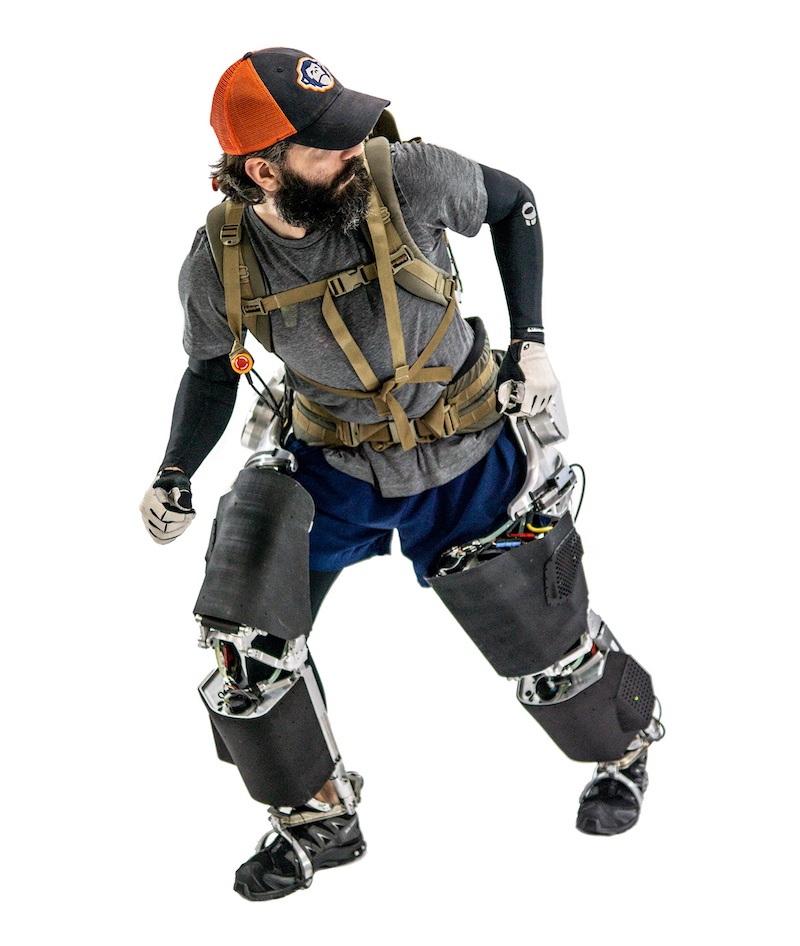
5 Modern Technologies Improving Workplace Safety
Top 5 Types of Technology to Keep Workplaces Safe
Workplace safety should be at the forefront of business owners’ minds and the employees who work at these places.
There are a lot of industries that you traditionally think of as being dangerous, especially industrial plants and factories, but the reality is that accidents can happen anywhere, including seemingly unthreatening places like hotels and stores.
If you’re looking for ways to decrease the OSHA recordable incidents at your workplace, take a look at some of these technologies that are improving workplace safety.
Robots for Higher Risk Lifting
Back injuries are some of the most common types of workplace injuries, especially among people who need to do lifting for their jobs on a regular basis.
While a back injury isn’t typically seen as being as dangerous as falling accidents, burns, and other types of incidents in which you can see the damage, back injuries can cause people to be out of work for months.
Robots can be assigned to do heavier or more risky lifts, which can help prevent back injuries and other types of accidents. For instance, robots can even be used in healthcare environments to lift patients, or they can be used to do lifting in hotels.
Safety Phone Apps
People in many kinds of industries have to climb ladders, measure noise levels, and lift heavy objects, and phone apps can help people do these tasks more safely. Some apps will remind people how to climb ladders and do other tasks safely.
Other apps will measure the noise levels to determine what kinds of hearing protection are necessary and give more instructions on how to proceed with many types of tasks.
That’s why these types of apps can be useful for construction workers, factory employees, and even grocery store shelf stockers. There are apps for both Android and iPhone devices, and the range of them is wide, with some of them helping with things like first aid and temperature reading.
Virtual Reality Training
It can be daunting trying to train an entire staff of people on what they should do in emergency situations or even as preventative measures. Virtual reality can simulate certain situations so that your employees better understand what they can expect in an emergency and what they should do in response.
VR can also help people learn tasks that you can’t set up in the workplace all of the time because they’re dangerous, but the immersive experience of VR helps aid in retention through what psychologists call embodied cognition.
Wearable Technology
There are a lot of types of information that a piece of technology that’s worn can pick up about the employee and the environment they’re in.
Wearables include equipment that can prevent people from entering unsafe areas by detecting their proximity to certain areas that could be dangerous. Other types of wearables monitor the air quality, temperature, and other environmental conditions.
There are also wearables that are used to monitor an employee’s vitals, such as their breathing rate and heart rate. Finally, exoskeletal suits can be worn to provide support when lifting or even when standing for long periods.
Wireless Panic Buttons
There are times when your employees might be in an unsafe situation, especially for employees who work in hotels and other environments where they could be alone for extended periods of time.
For instance, if your housekeepers clean rooms alone, they might find themselves in a room alone with a guest who came back in the middle of their cleaning. If they don’t feel safe with the guest, they can use a wireless panic button to alert their co-workers that they need help.
If you want both parties to be able to communicate with each other, 2-way communication headsets can provide a lot of value. These types of headsets are ideal in a variety of environments, including retail operations, large construction sites, hotels, oil rigs, factories, and almost any other environment where people need to communicate to do their jobs and stay safe.
There are a number of other times that a housekeeper could need help, including if they slip or fall, become exposed to toxic chemicals, or are otherwise being harassed, and communication devices can help them get the help that they need more quickly.
Employers can provide a lot of benefits to their employees and better stay within compliance with OSHA requirements by assessing their needs and using some of these types of technologies.
